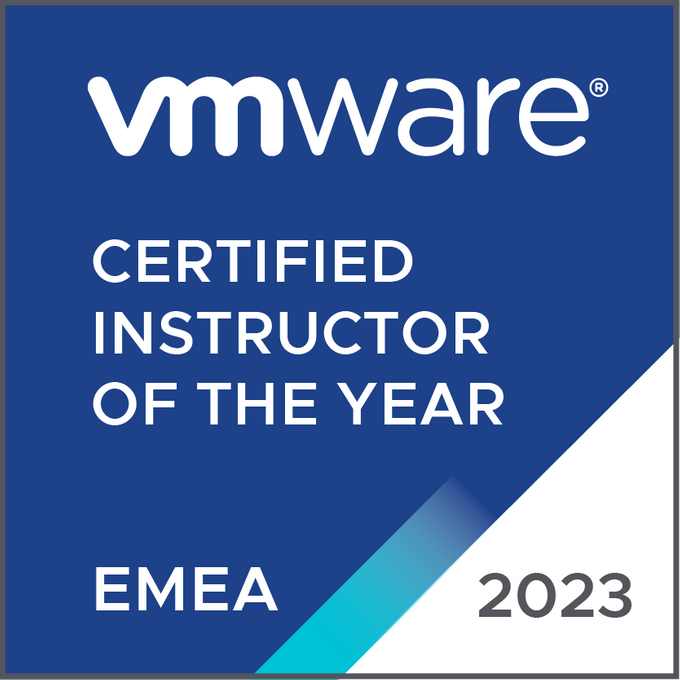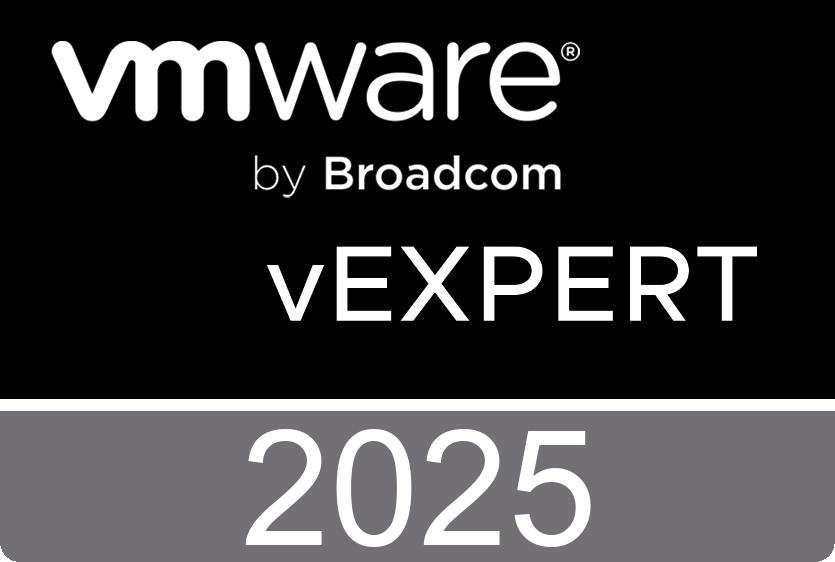Just before Christmas VMware has released two new technical papers. The first one goes in-depth on best practices for running Allscripts Emergency Department (ED) on VMware vSphere. The seconds one is about configuration examples and troubleshooting for VMDirectPath.
Deployment Guide: Best Practices for Running Allscripts Emergency Department (ED) on VMware vSphere
This document provides direction to those interested in running Allscripts Emergency Department (ED) on VMware vSphere™ 4. It provides basic guidance on the architecture of Allscripts Emergency Department as well as the value of utilizing the VMware platform. The results of recent testing done jointly by VMware and Allscripts are covered, where the performance and functionality of Allscripts ED on VMware virtual infrastructure are characterized. Finally, some best practices for utilizing the two product sets together in your datacenter are outlined.
Configuration Examples and Troubleshooting for VMDirectPath
VMDirectPath supports a direct device connection for virtual machines running on Intel Xeon 5500 systems, which feature an implementation of the I/O memory management unit (IOMMU) called Virtual Technology for Directed I/O (VT‐d). VMDirectPath can work on AMD platforms with I/O Virtualization Technology (AMD IOMMU), but this configuration is offered as experimental support. Some machines might not have this technology enabled in the BIOS by default. Refer to your hardware documentation to learn how to enable this technology in the BIOS.
 Dutch: Vrolijk Kerstfeest en een Gelukkig Nieuwjaar! or Zalig Kerstfeest
Dutch: Vrolijk Kerstfeest en een Gelukkig Nieuwjaar! or Zalig Kerstfeest





